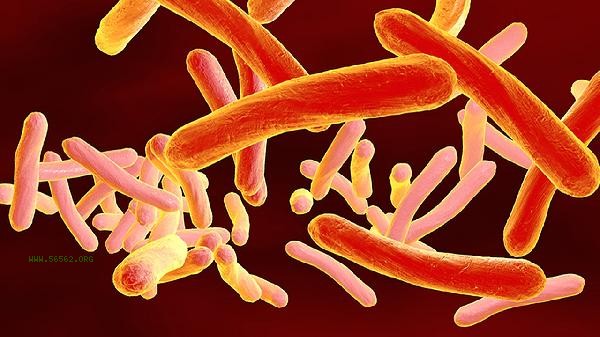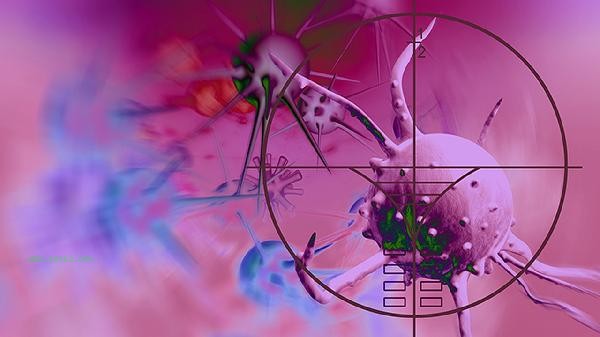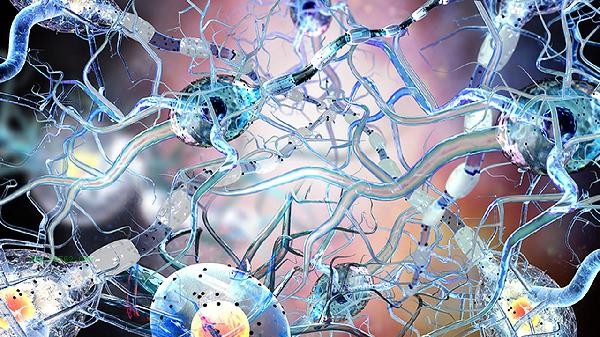The five classification examination of blood cells can screen for diseases such as anemia, infection, hematological disorders, allergic reactions, and parasitic infections. The main detection indicators include abnormal changes in neutrophils, lymphocytes, monocytes, eosinophils, and basophils.

1. Anemic diseases:
can determine iron deficiency anemia, megaloblastic anemia, or aplastic anemia through parameters such as red blood cell count, hemoglobin, and red blood cell volume distribution width. Iron deficiency anemia is characterized by a decrease in red blood cell volume, megaloblastic anemia shows an increase in red blood cell volume, and aplastic anemia is accompanied by a decrease in whole blood cells.
2. infectious diseases:
The increase of neutrophils indicates bacterial infection, and the increase of lymphocytes is common in viral infection. Elevated monocytes may indicate tuberculosis or certain chronic infections, while increased eosinophils are associated with parasitic infections or allergic diseases. Abnormal release of immature cells may occur during severe infection.
3. Hematological system tumors:

Leukemia patients may show abnormal increase in primitive immature cells, and lymphoma may be accompanied by lymphocyte imbalance. The characteristic of chronic myeloid leukemia is the simultaneous increase of neutrophils at all stages and the elevation of eosinophils, which requires vigilance against bone marrow proliferative diseases.
4. Allergic and immune diseases:
A proportion of eosinophils exceeding 5% indicates allergic diseases or autoimmune conditions. Connective tissue diseases such as rheumatoid arthritis may be accompanied by elevated platelets, while systemic lupus erythematosus may exhibit a decrease in whole blood cells.
5. Parasitic infection: When infected with intestinal parasites such as roundworms and hookworms, eosinophils are significantly elevated, usually accounting for more than 10%. Malaria infected individuals may be detected with malaria parasites, while in the acute phase of schistosomiasis, there may be an increase in eosinophils accompanied by abnormal liver function. The five classification examination of blood cells should be comprehensively judged based on clinical symptoms and other laboratory indicators. Maintaining a balanced diet and supplementing with foods rich in iron, folate, and vitamin B12 in moderation can help maintain blood health. Avoid contact with toxic chemicals and undergo regular blood routine tests to detect blood abnormalities early. Avoid vigorous exercise before the examination, as women's menstrual period may affect the accuracy of the results. It is recommended to have a follow-up examination after the end of the menstrual period. Due to physiological characteristics, some indicators for children and the elderly have different reference ranges from adults and require interpretation by specialized doctors.









Comments (0)
Leave a Comment
No comments yet
Be the first to share your thoughts!